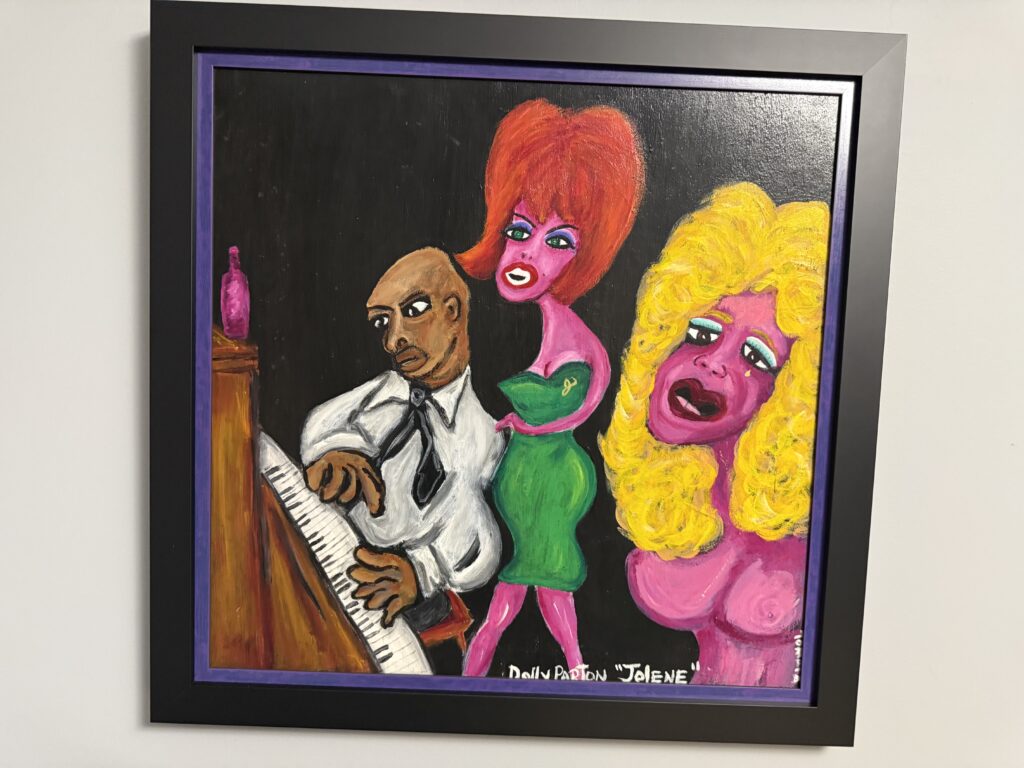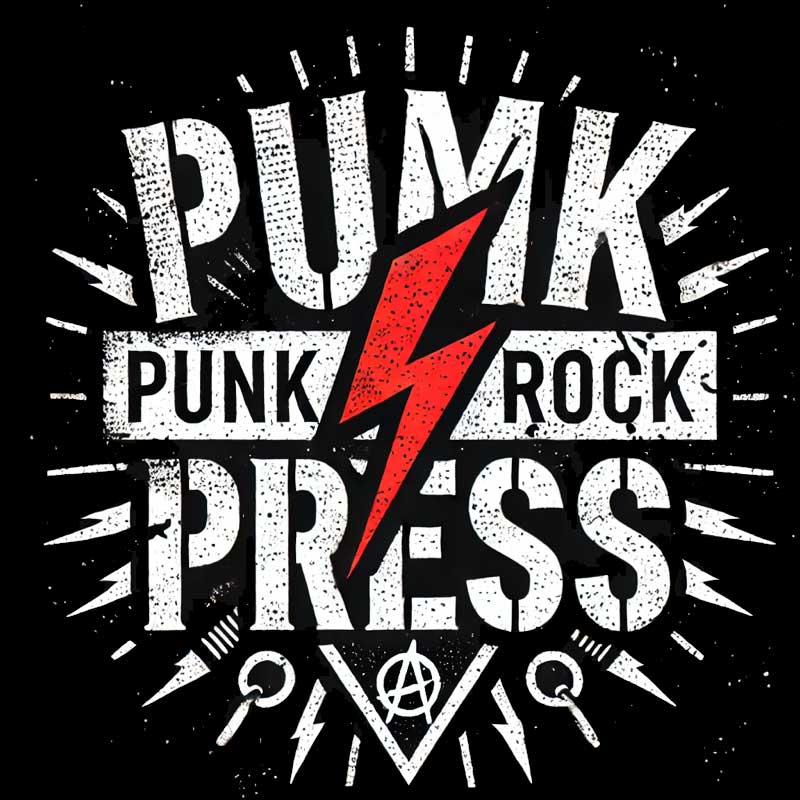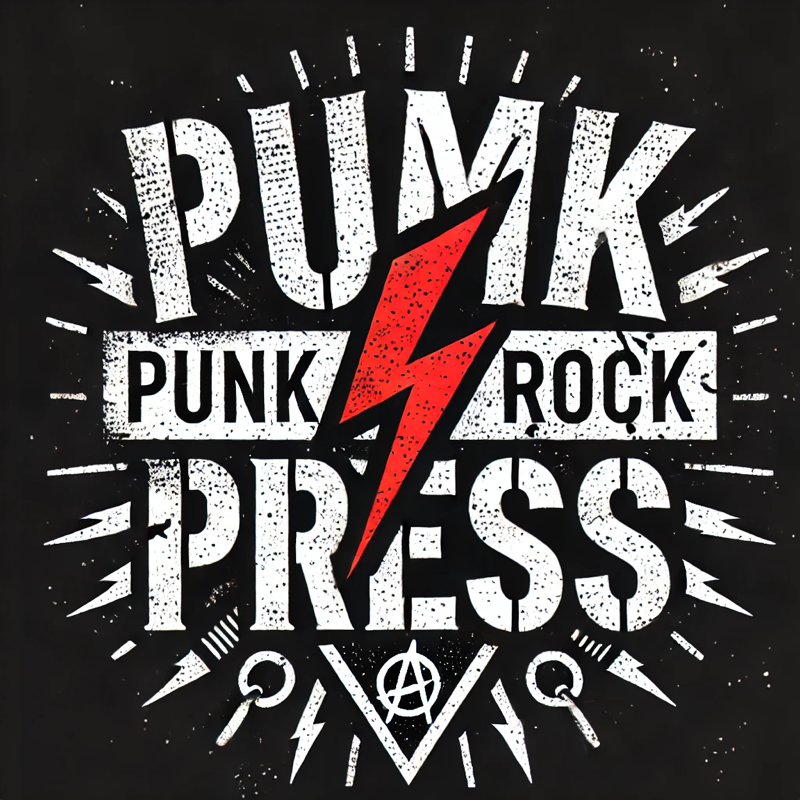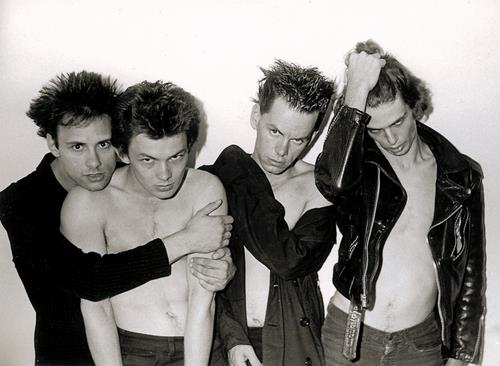The Screamers weren’t just a band—they were a movement. Born out of the gritty chaos of 1975 Los Angeles, they were among the first wave of the L.A. punk rock scene, unapologetically pushing boundaries and shredding expectations. Often tagged as “techno-punk,” their sound was a brutal fusion of raw energy and experimental synths that laid the foundation for countless punk and hardcore acts to come.
Breaking All the Rules
The Screamers had no guitars—just two keyboardists, a drummer, and an electrifying frontman. Their setup alone was a giant middle finger to the rock norms of the time. Armed with an ARP Odyssey synthesizer, a Fender Rhodes electric piano, and a manic stage presence, they created an atmosphere that was more dystopian opera than punk show. Tomata du Plenty, the band’s unhinged vocalist, was a theatrical force, delivering performances that felt like a breakdown in real-time. Alongside keyboardist and co-writer Tommy Gear, they rewrote the rules of what a punk band could be.
From Tupperware to Screamers
Before they became the Screamers, Tomata du Plenty and Tommy Gear were causing havoc in Seattle as The Tupperwares. Legal threats forced a name change, and by late 1976, the duo relocated to Los Angeles, leaving the rest of their bandmates behind. The L.A. scene embraced their avant-garde chaos, and by 1977, the Screamers were selling out iconic venues like the Whisky a Go Go and making history as the first unsigned band to headline The Roxy.
Visuals Before Vinyl
The Screamers knew how to market their madness. Artist Gary Panter’s screaming head logo became a symbol of the underground punk ethos. They built a visual identity so strong that their photos were circulating in zines and magazines before they even played their first show. They leaned heavily on the idea that punk was more than music—it was an aesthetic, an attitude, and a cultural reset.
The Band That Never Recorded
In true punk fashion, the Screamers refused to play by the industry’s rules. They never released a single studio album, opting instead for bootlegs, raw live recordings, and whispers of a groundbreaking “video album” that never materialized. Their most iconic track, “122 Hours of Fear,” was inspired by the Lufthansa Flight 181 hijacking, blending real-world terror with visceral performance art. Songs like “Vertigo” and “Peer Pressure” captured the frenzied pulse of the late ’70s punk scene.
Influence and Legacy
The Screamers may not have left behind polished albums, but their impact is undeniable. Hardcore legends like Dead Kennedys and the Germs owe a debt to their chaotic brilliance, as do synthpunk pioneers like Nervous Gender and the Units. Even decades later, their influence echoes in the rebellious DNA of bands like Mindless Self Indulgence.
In 2000, Tomata du Plenty passed away, but not before cementing his place as one of punk’s most enigmatic figures. Drummer K.K. Barrett and keyboardist Paul Roessler paid tribute to their fallen comrade with live performances of Screamers tracks, reminding fans of the untamed energy that defined the band.
A Personal Connection to Tomata’s Art
The image featured in this article is more than just a visual—it’s a piece of punk history. It’s a painting by Tomata du Plenty himself, depicting Dolly Parton and inspired by her iconic song Jolene. This artwork, which I proudly own, showcases another side of Tomata’s creative genius. His ability to channel raw emotion, whether through music or painting, is a testament to his artistic depth and enduring legacy.
A Punk Legacy Immortalized
From headlining L.A.’s most legendary clubs to becoming icons without releasing a record, the Screamers were the anarchists punk needed. They embodied the DIY spirit and reckless abandon of the scene, proving you didn’t need a major label or a polished album to shake the foundations of music history.
The Screamers weren’t just ahead of their time—they were from a future we’re still catching up to. Their uncompromising artistry and refusal to conform ensure they’ll forever be legends of punk rock’s wild, unfiltered past.
So crank up “122 Hours of Fear,” slap a Screamers logo on your jacket, and remember: punk is about breaking the rules, not following them.








